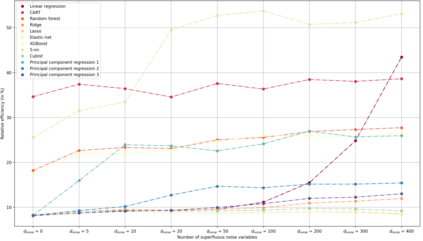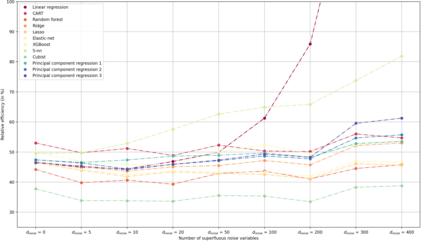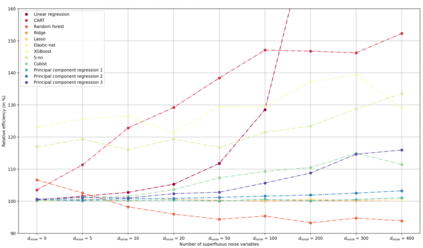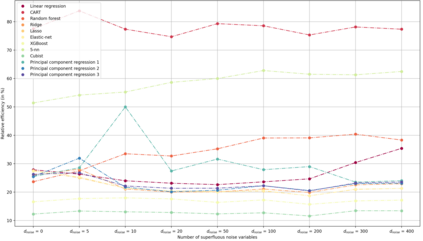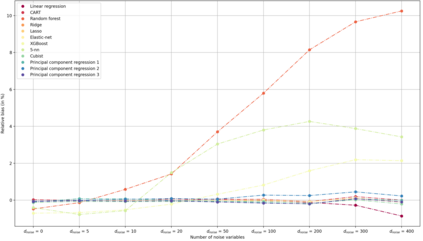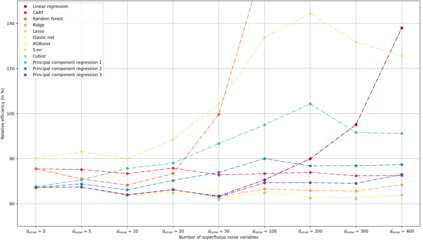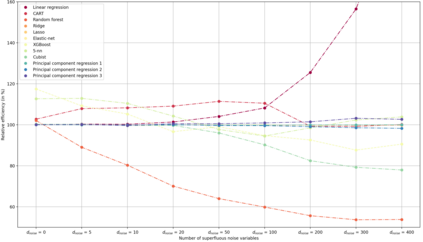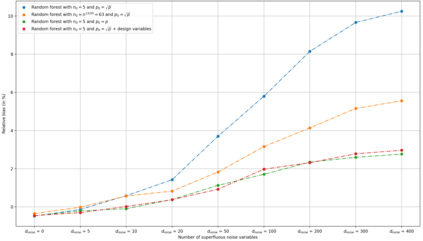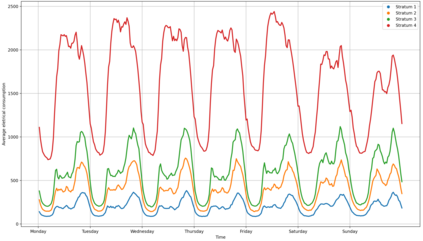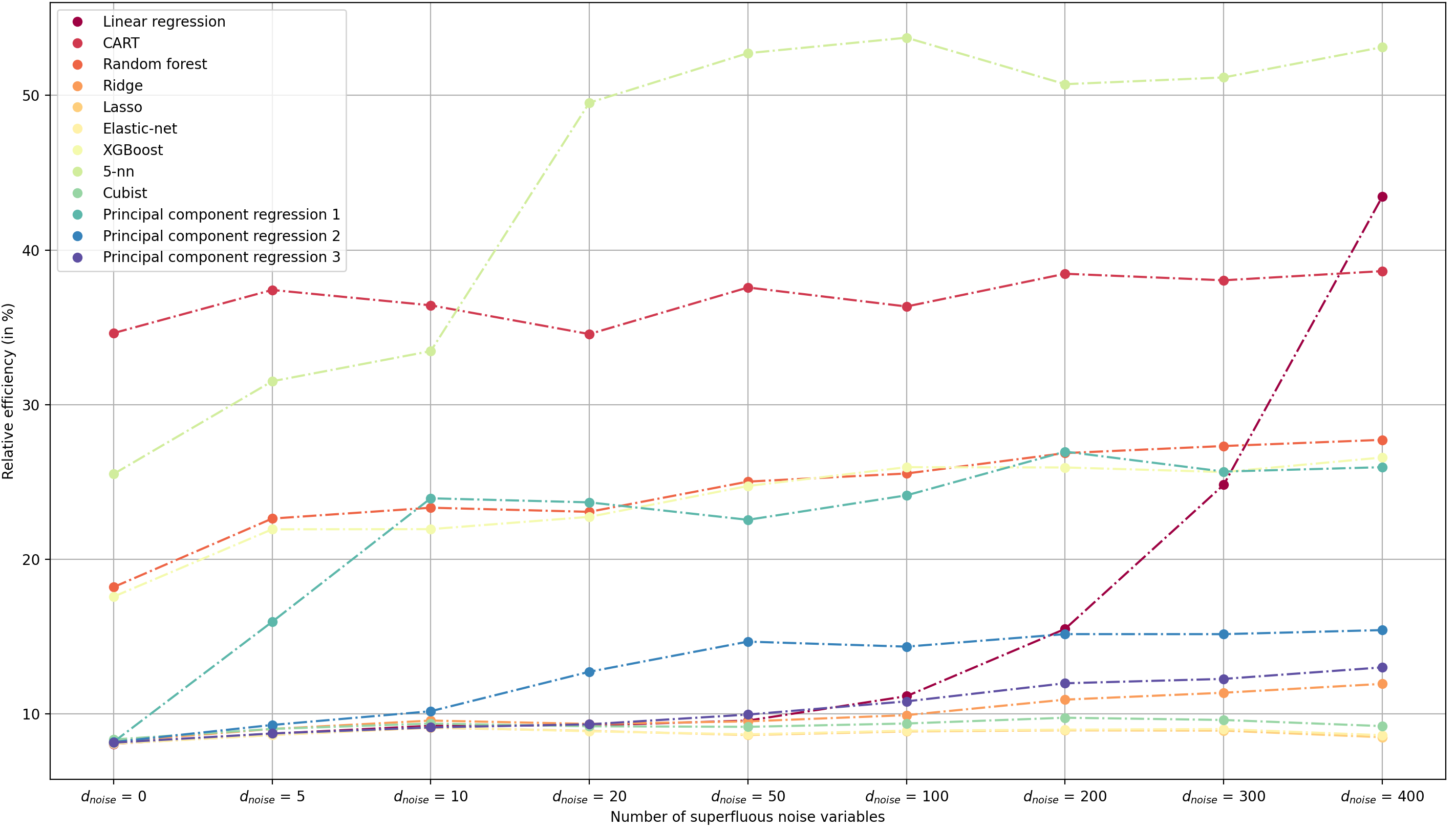Model-assisted estimators have attracted a lot of attention in the last three decades. These estimators attempt to make an efficient use of auxiliary information available at the estimation stage. A working model linking the survey variable to the auxiliary variables is specified and fitted on the sample data to obtain a set of predictions, which are then incorporated in the estimation procedures. A nice feature of model-assisted procedures is that they maintain important design properties such as consistency and asymptotic unbiasedness irrespective of whether or not the working model is correctly specified. In this article, we examine several model-assisted estimators from a design-based point of view and in a high-dimensional setting, including penalized estimators and tree-based estimators. We conduct an extensive simulation study using data from the Irish Commission for Energy Regulation Smart Metering Project, in order to assess the performance of several model-assisted estimators in terms of bias and efficiency in this high-dimensional data set.
翻译:在过去三十年中,模型辅助估计器引起了许多注意。这些估计器试图有效地利用在估计阶段可获得的辅助信息。一个将调查变量与辅助变量联系起来的工作模型被具体指定并安装在抽样数据上,以获得一套预测,然后将这些预测纳入估计程序。模型辅助程序的一个良好特征是,它们保持重要的设计特性,例如一致性和不偏倚性,而不论工作模型是否得到正确说明。在本条中,我们从设计观点和高维角度审查了若干模型辅助估计器,包括惩罚性估计器和树基估计器。我们利用爱尔兰能源管制智能计量项目委员会的数据进行了广泛的模拟研究,以便从这一高维数据集的偏差和效率的角度评估若干模型辅助估计器的性能。

